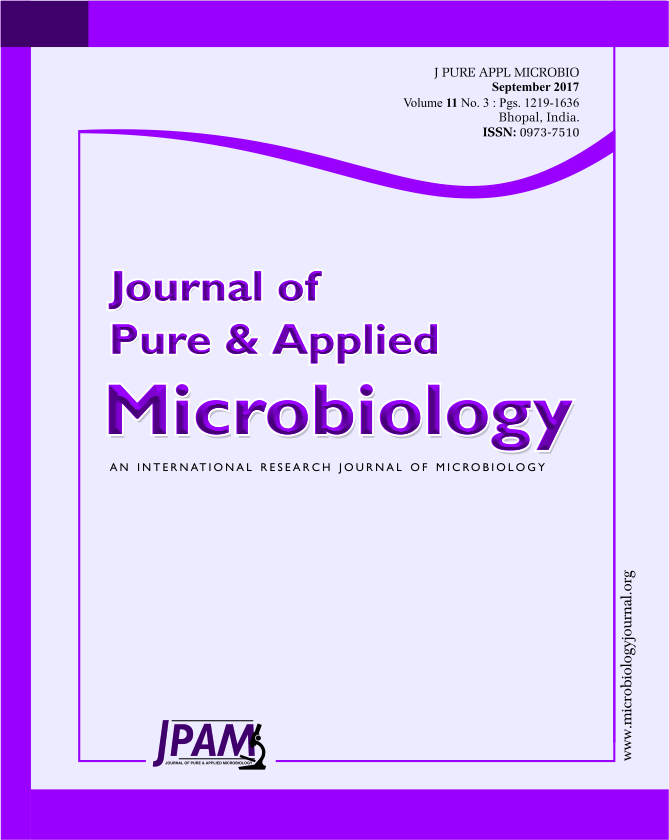Existing culture-based instruments for detecting/quantifying proliferating bacteria in suspensions (BACTECTM, BacT/AlertTM, RABITTM etc.) do so based on changes observed in the physical/chemical properties of media (O2/CO2 levels, pH etc.) due to bacterial metabolism. Given the limited metabolic-rate of individual bacterium, they have a “threshold-concentration” of ~107-108CFU/ml, and Times to Detection (TTDs) of 12 hours or longer for low initial loads (<100CFU/ml). We recently developed a method that tracks microbial proliferation in suspensions by monitoring the degree of cell polarization of live microorganisms. In the presence of an AC electric field, there occurs a build-up of charge at the microbial membrane, causing them to act like capacitors. As microorganisms multiply, there occurs a corresponding increase in charges stored in the suspension (“bulk-capacitance”), and this increase in bulk-capacitance serves as our “signature” for presence of live microorganisms. In this study, we explain the theory underlying our approach, establish its applicability to a variety of microorganisms, showing that the “Threshold-Concentration” (nT) for detection is ~103-104CFU/ml, and TTDs are a function of the initial-load(n0) and doubling-time(tD) of the microorganism TTD=1.443*tD*ln(nT/n0) and show that the method can be adapted to obtain the “Most Probable Number” (MPN) of coliforms within 6hrs (vs. >24hrs for existing methods).
Viable bacteria; MPN; Rapid Detection; Automated Culture Systems; Bacteria detection; Microfluidics.
© The Author(s) 2017. Open Access. This article is distributed under the terms of the Creative Commons Attribution 4.0 International License which permits unrestricted use, sharing, distribution, and reproduction in any medium, provided you give appropriate credit to the original author(s) and the source, provide a link to the Creative Commons license, and indicate if changes were made.


